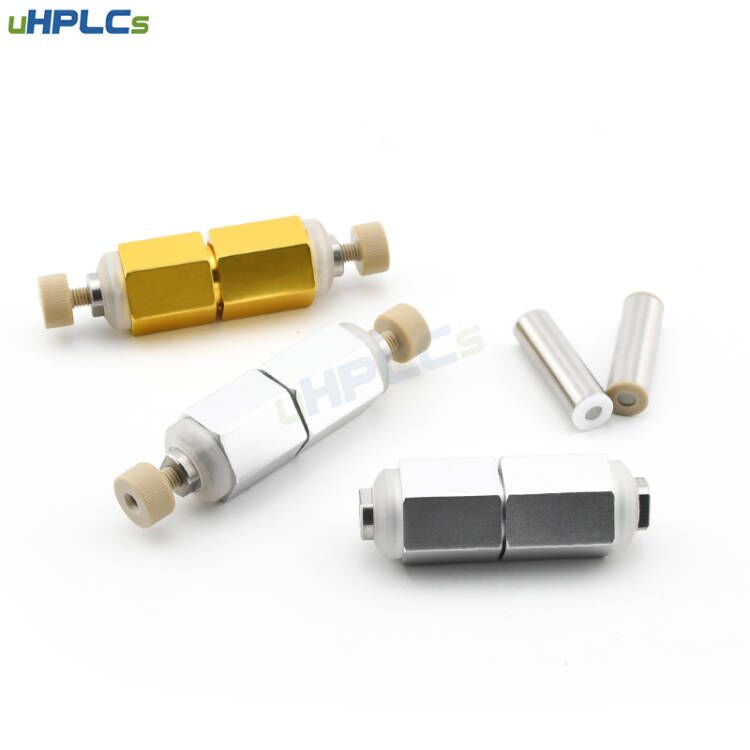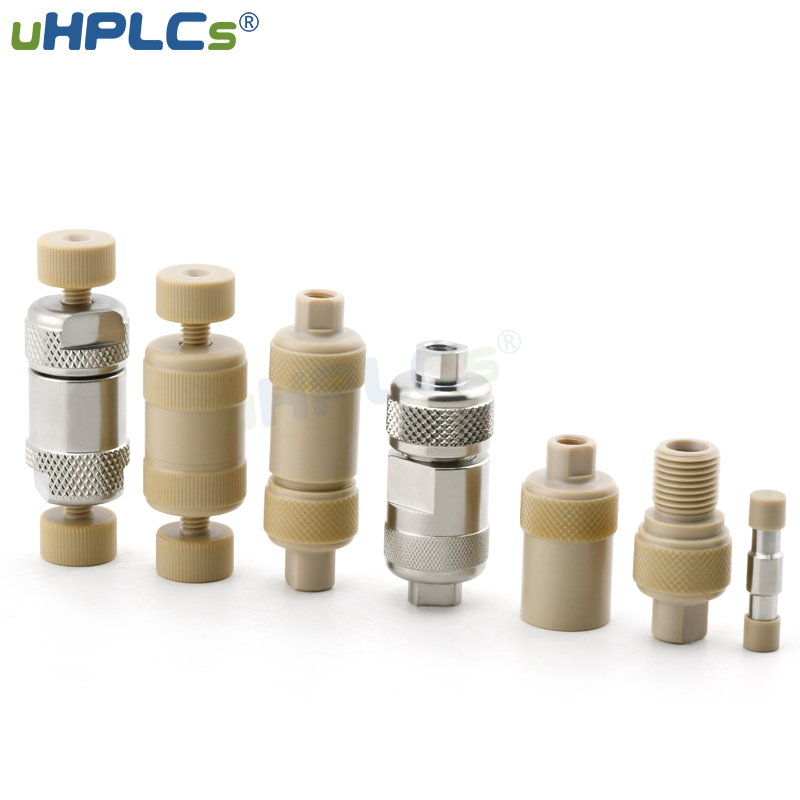Chromatographic analysis is very important in high performance liquid chromatography. You can think of the chromatogram as a two-dimensional graph with time and data on the horizontal and vertical axes. The stationary phase is a sponge-like column with many holes in it to allow the sample to flow, with different peaks in the chromatogram due to the different adsorbability of each sample.
Retention time is the time it takes for the sample to pass through the column. The retention time should be fixed when you analyze the same sample using the same mobile phase and column. If the retention time is different, there may be impurities in it.
In the process of liquid chromatography separation, it is easy to appear no peak in the chromatogram, one or more peaks are negative peak, wide peak, double peak, trailing peak and other problems, we call it ghost peak. The sources of ghost peaks are complex and diverse, mainly from residual pollutants and buffer salts in the mobile phase. The spectral gghost peak trapping column has strong adsorption effect on weak polarity and non-polarity organic impurities, which can effectively eliminate pollutants, avoid the appearance of gghost peak to interfere with the experiment, greatly shorten the experiment time, thus improving the work efficiency, but also prolong the life of chromatographic column and instrument.
If there is a problem that the injection volume is not linear with the peak area, it is likely that the solubility of the sample in the mobile phase is small, resulting in some samples being washed into the chromatographic column by the mobile phase and deposited at the inlet end of the column.
All in all, the factors affecting the experiment are complex and diverse, and doing some preparatory work can prevent some problems from happening. For example, adding a protective column in front of the liquid column can filter and intercept pollutants in the sample or metal ions in the system, which can effectively avoid abnormal peak pattern or poor column efficiency, affecting the service life of the liquid chromatography column.
Post time: Mar-29-2022








